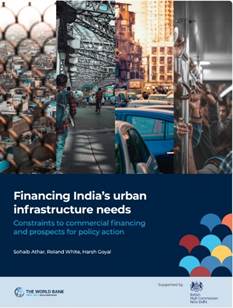Free Courses Sale ends Soon, Get It Now


Free Courses Sale ends Soon, Get It Now



Disclaimer: Copyright infringement not intended.
Context
Observations made in the Report
Growing Urban Population and Demand
Need for Private Financing
Need for greater investments
Need for expanding the capacities of city agencies
Final Thoughts
© 2024 iasgyan. All right reserved